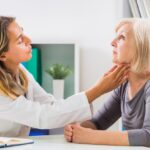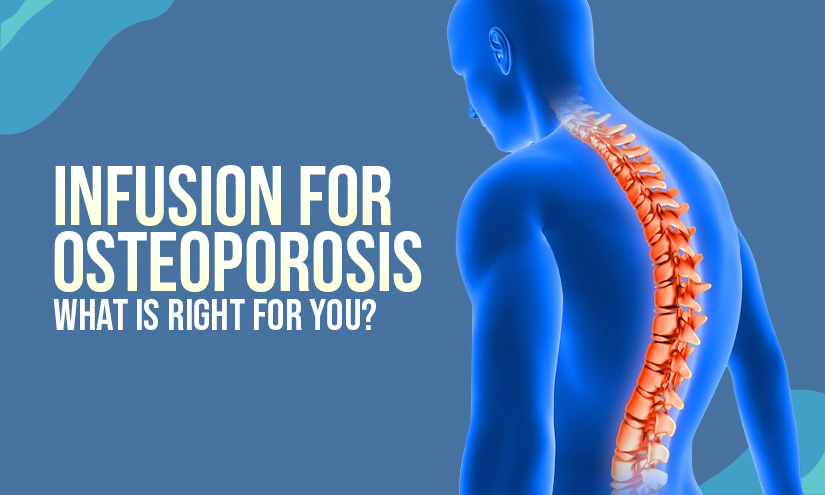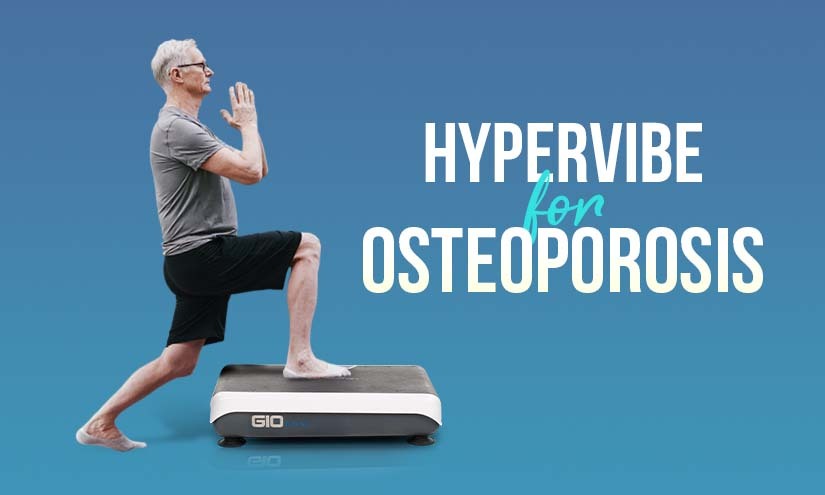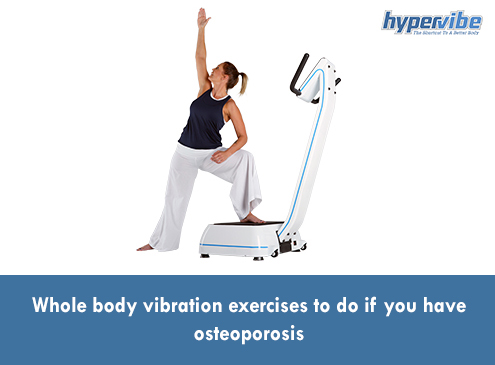Why Are Your Bones Getting Thinner? Causes of Osteoporosis
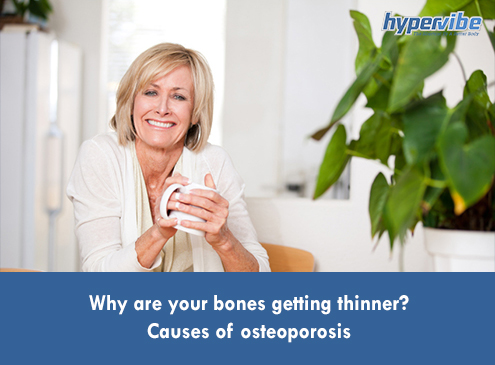
Sometimes, the thinning of bones occurs without a known cause, but in most cases, osteoporosis is the result of improper calcium and phosphate absorption, an inactive lifestyle, or genetics and age.
Elderly women are the most likely to suffer from osteoporosis, but younger women are at risk as well. Osteopenia, the term used for defining the early signs of bone loss that lead to osteoporosis, affects about 18 million Americans. Although not all people affected by osteopenia will develop osteoporosis, the risk of falls and fractures is higher in this group of people, due to the lower than normal bone density.
Advanced osteopenia, just like osteoporosis, can lead to spine deformities and fractures, and can affect mobility, flexibility, and quality of life. The hips, wrists, and spine are the most affected regions.
Both osteopenia and osteoporosis appear because the body reabsorbs bone tissue faster than it creates a new one. The amount of bone tissue we have continues to grow as we age, but peaks around the age of 30, and then it begins to decline. This means that your bones are the strongest around age 30, then you become prone to developing osteopenia if you don’t pay attention to your diet and lifestyle.
Getting the right minerals and vitamins from diet and practicing weight-bearing exercises or whole body vibration exercises can help in preventing or slowing down bone loss and in delaying the onset of osteoporosis. The risk factors for osteopenia and osteoporosis include being female and having a small frame, not getting enough calcium, leading an inactive lifestyle, having a family history of osteoporosis, smoking, being at menopause, or consuming too much alcohol.
Let’s take each of the causes and risk factors of osteoporosis and see how exactly are your bones affected by these factors.
Bone mineral density decreases with age
Osteoporosis is considered a silent disease because it doesn’t cause noticeable symptoms. One’s bones get thinner with age, and most people don’t know they have this condition until they break a bone.
As said, most of the new bone tissue forms until the age of 30. This is why our bones become thicker, denser, larger, and stronger from childhood to adulthood. Bone loss is normal as you age, but osteoporosis, painful bones, and the loss of height as a result of thinning bones are not desirable. If diagnosed early, this condition can be prevented and treated.
Why does the thinning of bones happen? As you age, the body may reabsorb a part of the calcium and phosphate from bone, instead of keeping these minerals in the tissues. This makes bones weaker and the faster the process takes place, the greater the risk of developing osteoporosis. However, the condition only occurs when the bone resorption process reaches a certain stage, and when the amount of bone lost is greater than the amount of newly formed bone.
The risk of developing osteoporosis is greater in people with a delicate and small frame and thin bones; these individuals are likely to suffer from weak bones and fractures at a younger age, but genetics and exercise also play a role in keeping bones strong.
An inactive lifestyle favors osteoporosis
Being active in your early adulthood is the best way to prevent osteoporosis by building stronger bones. Although the general recommendation for staying healthy is to practice 150 minutes of moderate-intensity aerobic exercises every week, for building strong bones you need to spend time lifting weights or doing weight-bearing exercises.
These help improve bone density because they place a load on bones and muscles, and muscles push and tug against bones during the various exercises. Both muscles and bones are living tissues, and the microdamage caused by strength and resistance exercises activates the internal mechanisms that repair the tissues, and cause them to grow and get stronger.
The bone cells that bring calcium into the tissues and make them stronger are called osteoblasts, while the cells that take the mineral from bones are called osteoclasts. Inactivity slows down the activity of osteoblasts, while exercises increase bone formation.
Although lifting weights is the most challenging form of strength training, it’s not the only weight-bearing exercise that helps keep your bones strong. Whole body vibration, walking, jogging, running, climbing stairs, dancing, hiking, playing team sports, jumping rope, or doing any activity during which your bones support your body weight can help prevent the thinning of bones. However, activities like swimming and cycling are not considered weight-bearing, but they are beneficial for your muscles, heart, and overall health.
Besides doing weight-bearing exercises, you should also pay attention to the calcium and phosphate intake. For healthy bones, you should aim to take 700 mg of calcium a day plus vitamin D, from foods like dairy products, yogurt, eggs, milk, leafy green veggies, dried fruits, tofu, oily fish, and through short exposure to sunlight. If you aren’t getting enough vitamin D through diet, 10 mg of supplements per day should be enough for ensuring the proper calcium absorption.
Although it’s not clear how smoking favors osteoporosis, it’s known that smokers tend to have weaker bones, so you may want to give up this vice if you want to decrease your risk of bone thinning.
Also, you may want to limit the alcohol intake, as alcohol is another bone-weaker, which causes the amount of calcium, magnesium, and other important minerals in your bones to decrease. As a result, your bones get thinner and you become more vulnerable to osteoporosis and fractures.
Early signs of osteoporosis
Left untreated, osteoporosis can lead to serious health problems, among which fractures of the spine can cause loss of height and spine deformities. If spine bones get thinner, a fracture can happen, and back pain, stomach pain, digestive problems, difficulty breathing may also occur as a result. If the wrists, hips, arms, or legs are affected, pain and temporary disability may occur.
How can you tell if your bones are healthy or not? There are a couple of signs that can indicate the presence of osteoporosis, and although these aren’t definitive, it’s worth checking your bone mineral density if you have such symptoms.
- weak and brittle fingernails
- bone pain
- muscle cramps and aches
- decreased grip strength
- height loss
- receding gums
- low overall fitness
Have questions or comments? Post them below or join our Facebook community and share your thoughts with us!



